
RYAN PROVENCHER, FOUNDING PARTNER
Ryan Provencher and Dave Simeur have worked with firefighters and firefighters in training to help them get into peak working condition and sustain their long-term health. Their goal is to train firefighters how to train for the rest of their lives and how to maintain a healthy lifestyle for several years.
Interview with Ryan and Dave
WHY DO YOU LIKE WORKING WITH FUNCTIONAL FITNESS ATHLETES?
There are other people involved, so I focus on the technical side. If you drew three circles, one circle is coaching the athlete and performance, the second circle is the technical application and organizing the data, and the third circle would be job applicability.
We talk about functional fitness as opposed to sports specific fitness. That’s for firefighters, police, soldiers, Special Forces, occupational athletes; if you drew those three circles, my partners with the firefighter peak performance guys have a foot in each one of the circles. I focus on the technical side, that’s working with CoachMePlus and organizing the data. Ryan focuses more on the deep dive into the sports performance.
Me working with athletes started with self-healing after some severe injuries. My journey to avoid surgery at all cost led me to wind up seeking out these different functional fitness gurus and then getting certified myself as an instructor. I wound up applying that to several national programs.
HOW DO YOU MAXIMIZE THE RESULTS OF TRAINING YOUR FIREFIGHTERS WITHOUT HARMING THEM?
The challenge is, everybody has limited timing, including the coaches. You have to really take a scalpel to all of the interactions, analyze them and figure out how do we maximize what the athletes are doing on their own, especially if they have a job like a firefighter.
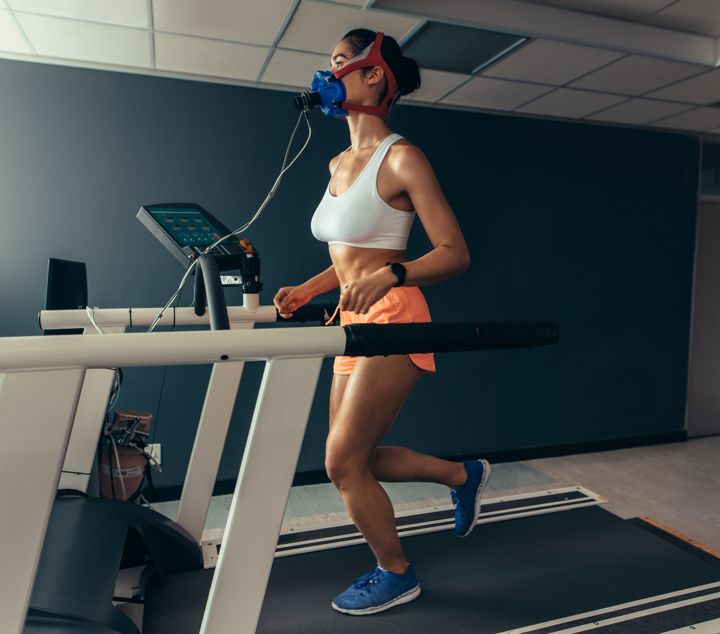
The No. 1 killer of firefighters is cardiovascular disease. The other place the people get hurt is training, including initial training at the academy. So the agencies go through all this work to screen, hire, interview and background check only to injure the guy at their firefighting academy. Using CoachMePlus to keep these guys in compliance – if they comply with the program, if they’re training at the right amount of intensity for the right amount of time the right way, they will not hurt and they’re not going to get injured. Their body is going to be more resilient, and they will be able to perform what they need to perform occupationally.
TRACK AND ANALYZE DATA
If you’re a firefighter doing a buddy drag, wearing the SCBA, piking the ceiling to make a hole, running a chainsaw or a hose, or any of these things they have to do; this is a grinder at the academy where the super buff coach is going to grind the athletes’ bones into bread, all they end up with is broken firefighters. It’s expensive.
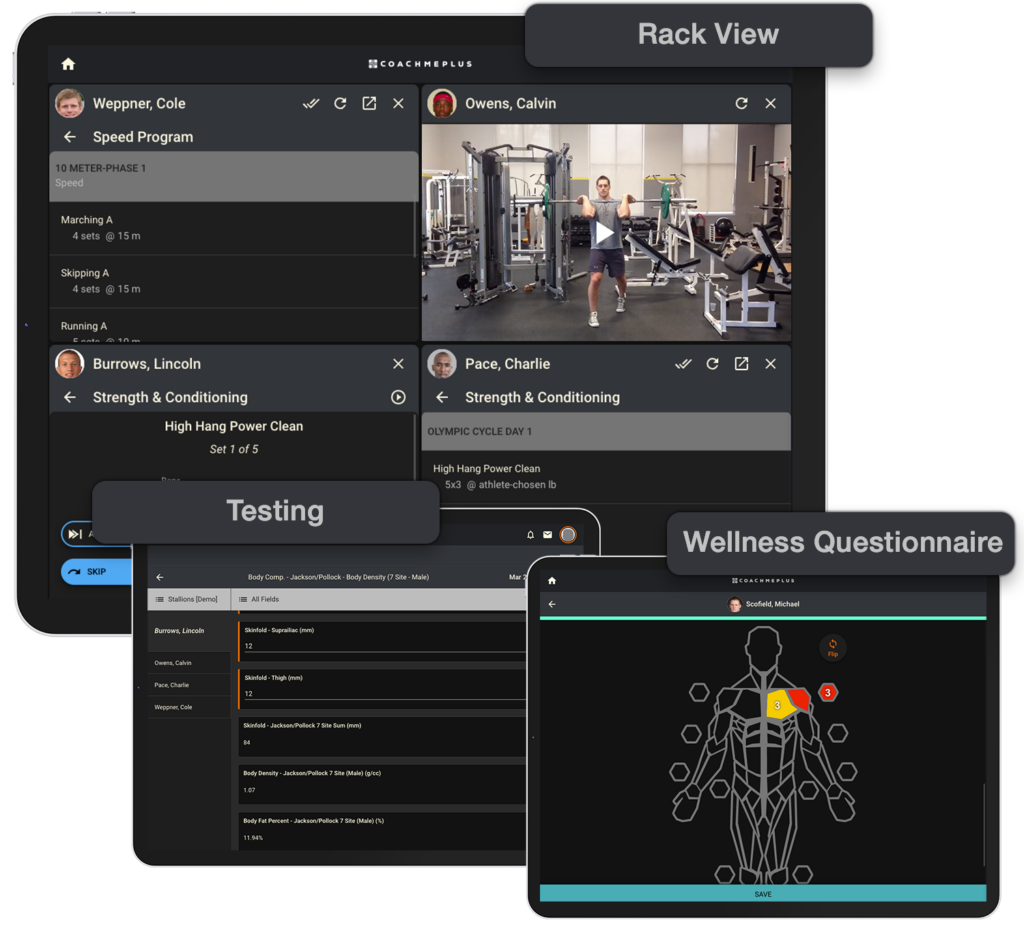
The goal of all of this is to keep the athlete training at the proper intensity over the long-term and specific to how they feel that day. The way we interact with that athlete is by collecting the right data and putting into the system where they can see it and the coach can see it, the person who is actually out on the tarmac with them. That enables us to show the coach what is expected.
Let’s say the coach wants to take these guys on a 10-mile run, just to see who can hang. Guess what happens next? They get injured. They ask what happened, and you can show that this guy who went for a run had his waking / resting heart rate is here. You show him the numbers and show that you’re going to hurt him. So being able to interact with the coaches and athlete with empirical data, where they can see the results of the program and the people who are paying the bills see their costs go down, that’s what this is all about. CoachMePlus lets you track all of your athletes on one platform.
USE DATA TO PLAN AND ASSESS TRAINING PROGRAMS
The idea is – you can design the best plan for an athlete, individually tailored for an athlete, and that plan needs to change based on how that athlete is performing. A plan is great, but we have to be able to adjust that plan to get there. It’s going to exist within a bandwidth.
Being able to tell if we’re on track, what adjustments we have to make, what adjustment have we made, why do we make them, and showing that data is what you have to do to get people to buy in and stick with the program. The program like we use is only as good as your compliance level. When we mean it’s a low-intensity day, we mean it’s a low-intensity day. If you turn it into a high-intensity day, occupationally or through your athletic training, we are asking for an injury to occur. We’re begging for that to happen.
INTERACT WITH ATHLETES
When I try to interact with the athletes, I try to interact Socratically using a Socratic method and using them the question to get them to look at the data that is displayed so beautifully in the CoachMePlus platform. By asking them to look at their own data and then correlate, this is a problem for your type-A personality. That’s the type of person who wants to run into a building that’s on fire, getting them to think it’s okay to just crush it every time they workout. That’s a heavy lift. Giving these guys permission, in fact demanding that they have to comply; if they blow out a workout and put up some high numbers, then you give them a low score because they’re out of compliance. That’s what you need. It’s kind of like a choke collar on a dog once in a while.
WHAT STANDS OUT ABOUT FIREFIGHTERS COMPARED TO OTHER ATHLETES YOU HAVE WORKED WITH?
They are a special group. They are truly team players. They truly care at a very deep level about their fellow human being, about complete strangers. They really, really do. They’re like these caregivers on one hand, because they do a lot of medical stuff; they’re just as happy to get a cat out of a tree as they are to run into a burning building. They do both of these things for the same reason.
The other way that they differ is the consequences of their failures is extremely high. It’s very serious work. People are depending on them. On the other hand, it gives these guys motivated and they’re extremely motivated.
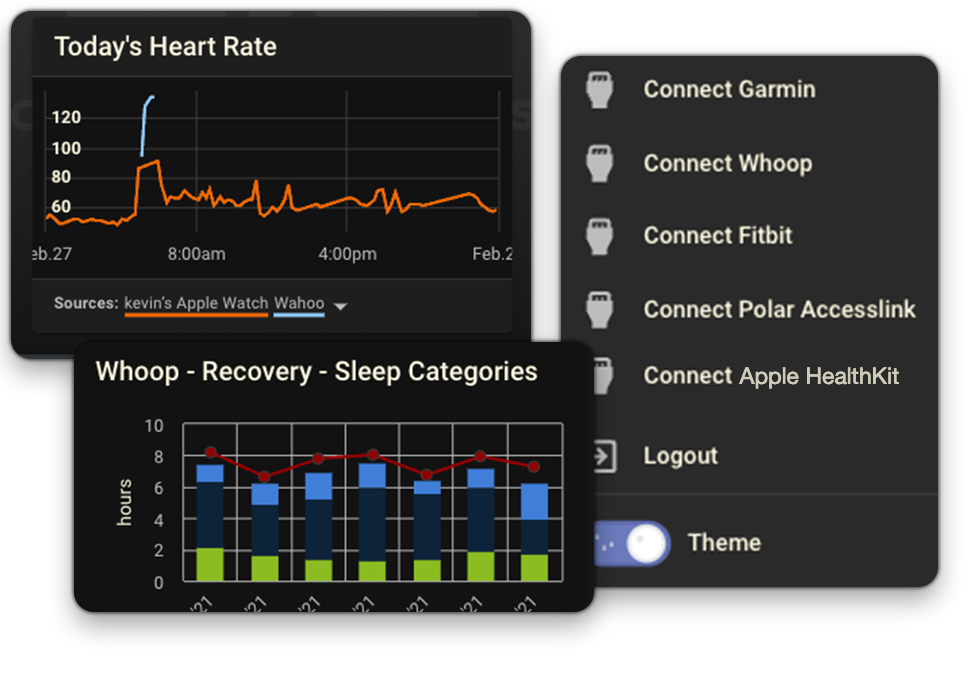
On the other hand, their sleep patterns are garbage; they’re all over the place. They get called in the middle of the night and all over the place. They just experience this extra level of load on their system just by nature of them having to get up at all levels. That’s a big difference.
HOW HAVE YOU USED COACHMEPLUS IN A FIREFIGHTER ACADEMY SETTING?
We have a specific program for a firefighter recruit account, which it can be tailored between 12 to 16 weeks, or however long they’re in the program. What the department can do is just follow this workout program.
We did a study of the program and did it three different ways. We had several versions going through the same way in the same window in CoachMePlus. One set of athletes were doing everything completely on their own. Another groups were a mix of live and online delivery for their training. The third group was all live training. The coach took them through every single step, every workout. Everything they did was coached live. What we did was we have follow-along videos and instructional videos. Using the CoachMePlus app, instead of just showing how to do all of the workouts using a list, there are actual follow-along videos and you just play that through CoachMePlus and do the workout. There are timers and it tells you to record your score and everything. CoachMePlus allows you to send workouts to your athletes anywhere, anytime.
The athletes that were on their own did it, and then what we did is collected all the numbers and we got really good at remote coaching the online guys, and then coaching the coaches that did the hybrid and full-time coach class. We met our goals, and we didn’t hurt anybody. Everyone’s numbers were right in line with what we would expect, as far as increases in performance and mobility. Their functional movements were vastly improved. We conducted a study of it, and then we’ve done several other academies since then with great results.
The fitness tests that the firefighters do, their numbers are good or better than what they’ve gotten with their previous types of physical training, but they don’t have any injuries, they’re not getting injured at all. That’s the big bonus.
WHAT TYPE OF FUNCTIONAL PROGRAMMING IS IMPORTANT FOR FIREFIGHTERS?
There are two chunks to it.
No. 1 is how much load can the firefighter withstand? How much training load and occupational load can they withstand? But more importantly, how well do they know that they’re approaching their load max. You want to increase the load they can take, but, more importantly, they need to know when they’re reaching that point of failure so they can live to fight another day, or they can ask to go get another firefighter to help them with this task when it breaks down.
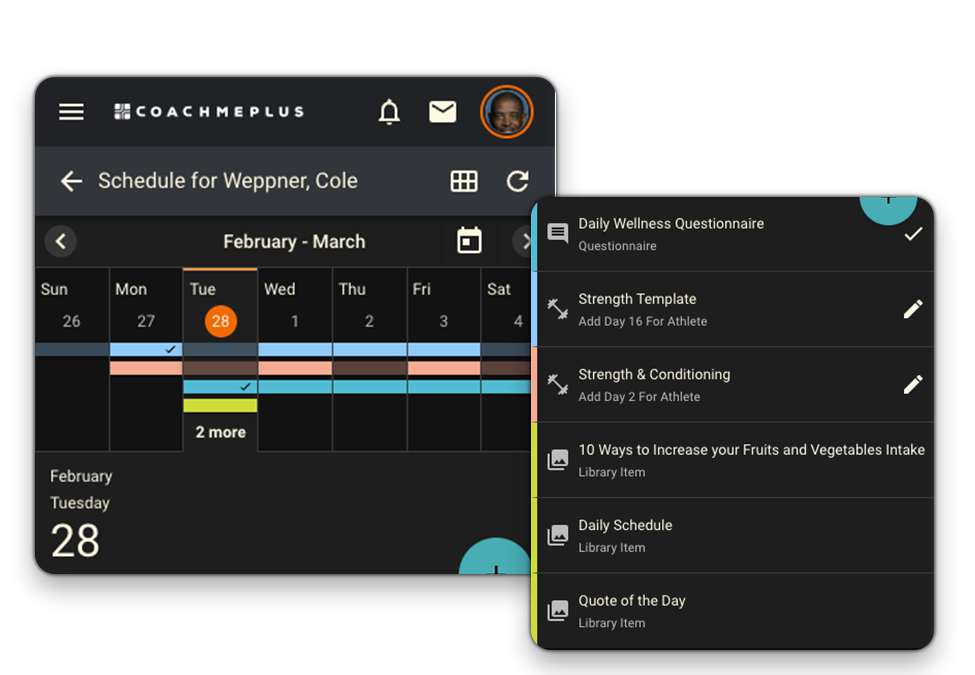
No. 2 – A lot of people think functional fitness is just simulating a work task with another object, but it would be more accurate to say that the functional training of whatever motion they have to do at work – the job-specific fitness, the task that they have to do, a buddy drag, for example, you compare that to a kettlebell swing. It’s really simple.
The functional fitness has to do two things in that regard. It has to unload the occupational load. If all day I’m doing a task that makes me upper-cross posture-wise, or rounds my lower-back, then I want to get very specific exercises that drive my hips and my lower-back into place – the functional opposite of what I’m doing all day. And if you think about the tissues that they have, you can increase your strength, your range of motion, the quality of your connective tissues, and our thought is if you focus your training on improving your posture, your mobility, your connective tissue, and your range of motion, strength will take care of itself. That’s typically what happens Whereas most people will go in and work on strength, those other things just get tighter and tighter until they eventually snap. That’s what we see happen to the firefighters.
When you watch somebody who’s been through this program, they just move differently. One guy commented to me that he threw his truck in reverse and looked over his shoulder to back out of his driveway to go to work. He was amazed when his arms were planted on his steering wheel and he turned around and his head turned around like an owl. No pain, he’s totally loose, his shoulders are loose, and he felt great.
It’s things like that that make the big difference for what these guys are doing.
HOW DO YOU HANDLE THE STRAIN ON FIREFIGHTERS’ CARDIAC HEALTH?
FireFighters go from sedentary life to emergency situations very quickly. This causes huge spikes in their heart rates and this can be dangerous for many of the responders. Self-monitoring and self-care is important. Being able to do an assessment of yourself, of your readiness to train, all of it is wrapped up with diet and exercise. One of the unique things about our program is that we emphasize throughout the entire program their ability to self-assess and their readiness to train. We check the morning heart rate, we know their hydration levels, and we check their performance and they learn how to equate some objective numbers for their performance, which enables them to self-assess and prepare a little bit better.
They’re able to make a better risk assessment and decisions as a result of it.
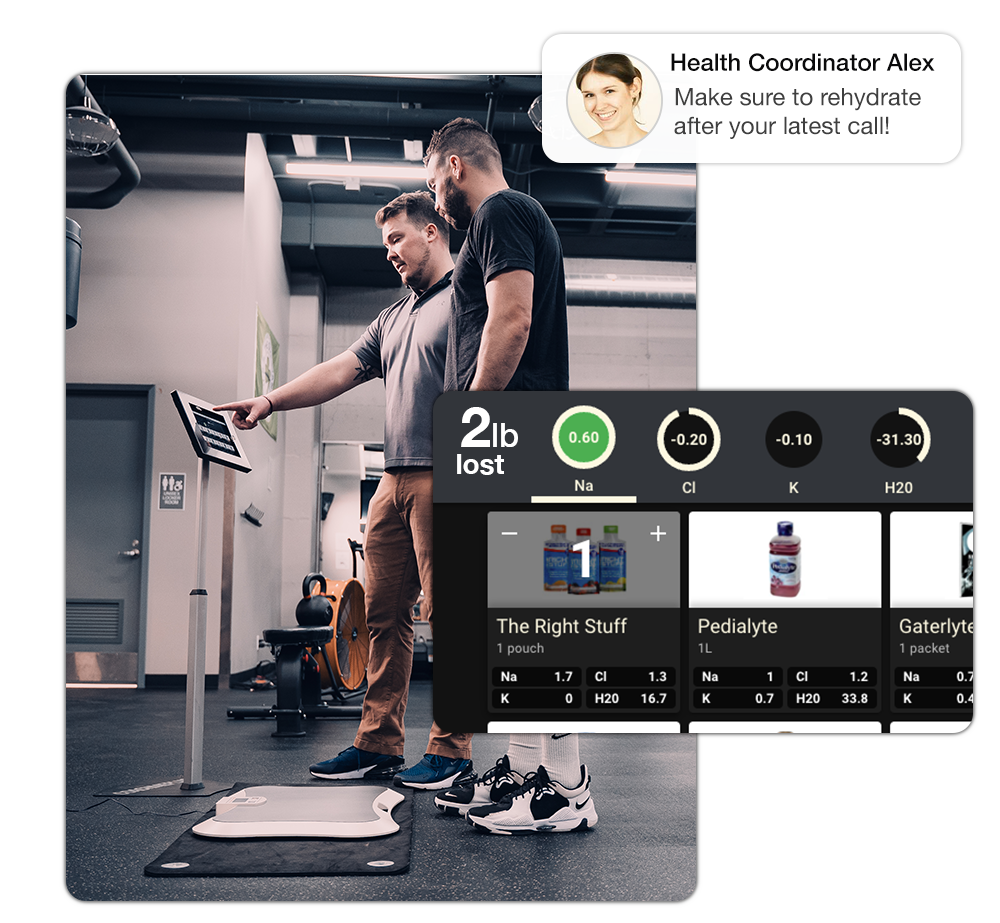
HOW DO YOU BUILD PROGRAMS FOR YOUR FIREFIGHTERS?
We’ve pre-loaded our program for additional future functionalities. One of the things I’ve done is gone in and described all of our motions that the system can help the coach. We’ve got so much data plugged in there about the exercises themselves, so many tags associated with it that the program can help you figure out the best adaptive exercise. That’s pretty amazing and pretty unique.
Click here to see how the Chicago White Sox are redefining the way MLB teams train.

